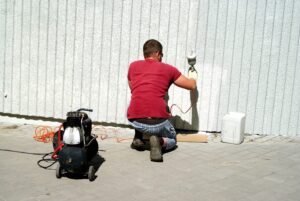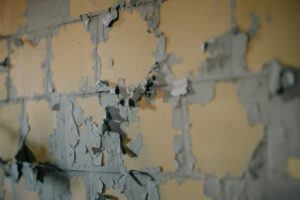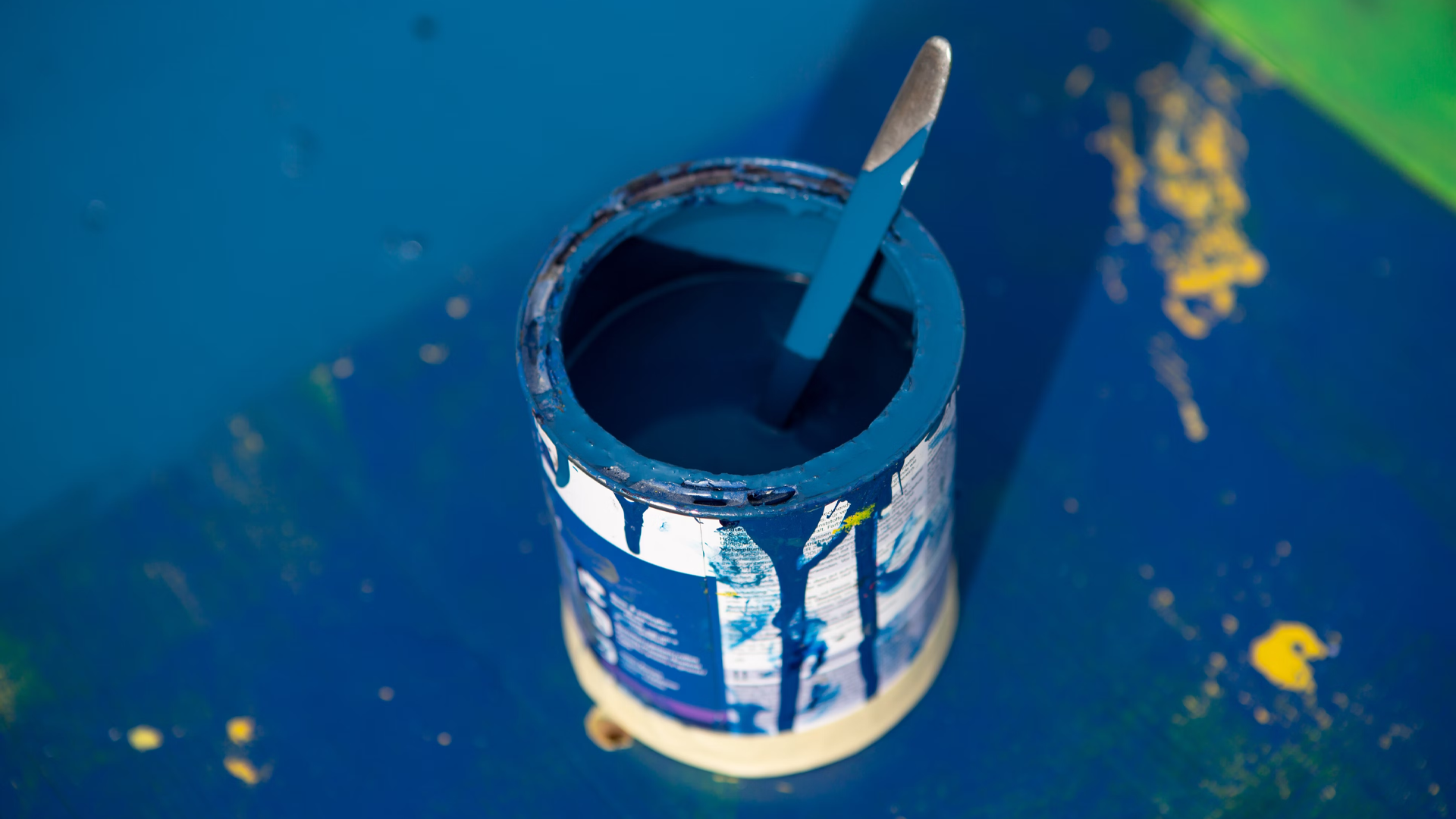A clear coat is a type of paint that is used to protect walls and other surfaces from damage. It is a clear, glossy coating that is applied to the surface of the wall to protect it from dirt, dust, and other environmental factors. A clear coat is also used to enhance the look of the walls and to make them look more attractive.
Why is a clear coat needed on the walls?
A clear coat is a protective layer that is applied to the walls to help prevent damage from everyday wear and tear. It also helps to protect the walls from the elements, such as rain and wind, as well as from harsh UV rays. A clear coat also provides a glossy finish to the walls, making them look beautiful and new.
A clear coat is necessary for protecting walls and other surfaces from dust, dirt, and moisture. It also helps to provide an additional layer of protection against wear and tear. Additionally, a clear coat can be used to add a glossy finish to the walls, which can give them a more aesthetically pleasing appearance.
Why does a clear coat peel off from walls?
Unfortunately, a clear coat can sometimes peel off from the walls. This can be a very frustrating problem, as it can make the walls look unsightly and can also lead to further damage. So, what causes the clear coat to peel off from the walls?
The most common cause of clear coat peeling is the use of the wrong type of paint. If the paint is not compatible with the clear coat, it can cause the clear coat to peel off. In addition, if the surface of the wall is not properly prepared before applying the clear coat, it can also cause the clear coat to peel off.
How to fix the clear coat peeling?
If you find that your clear coat is peeling off, there are a few steps you can take to fix the problem. First, make sure you are using the right type of paint. Different types of paint are designed for different surfaces, so make sure you are using the right type of paint for your walls.
Next, make sure the surface of the wall is properly prepared before applying the clear coat. This includes cleaning the surface of the wall and making sure it is free of dust and debris. Once the surface is clean, you can then apply the clear coat.
Once the clear coat is applied, it is important to protect the walls from further damage. This includes avoiding using harsh chemicals on the walls and avoiding scrubbing the walls too hard.
How to prevent the clear coat from peeling off from the walls?
In addition to fixing the clear coat peeling, there are also steps you can take to prevent it from happening in the first place. The most important step is to make sure you are using the right type of paint and that the surface of the wall is properly prepared before applying the clear coat.
The process of applying a clear coat is relatively simple. First, you need to make sure the surface of the wall is clean and free of dust and debris. Once the surface is clean, you can then apply the clear coat. It is important to apply the clear coat in thin, even coats. Once the clear coat is applied, you can then let it dry and then apply a second coat.
When it comes to choosing the best type of clear coat for walls, there are a few things to consider. The most important factor is the type of surface you are applying the clear coat to. Different surfaces require different types of clear coats, so make sure you are using the right type for your walls.
What should not be done while dealing with a peeling clear coat?
Scrape the peeling patches with a razor blade
The region around the location that is flaking may be removed. The area where there isn’t a clear coat will, at best, leave a strong, obvious border between it and the remainder of the panel. Additionally, there’s a good chance that you’ll make a mistake and cause deep scratches, which will only endanger the paint layers.
Covering the problematic area
Wax, paint sealants and even ceramic coatings have all been tried by people. These might serve as a temporary barrier to prevent additional paint deterioration, but they won’t be able to conceal the obvious distinction between clear-coated and stripped areas.
In all honesty, ceramic coating the panel will simply make it harder and is not cost-effective when it comes to properly fixing the problem down the road.
Rubbing down the panel
Although it is a step in the right direction, polishing is far from sufficient. You might be able to take away the flaking parts and even add shine where the clear is gone, merging the two areas somewhat.
Under normal environmental circumstances, however, the exposed colour coat will quickly oxidise and degrade. It will eventually sustain irreparable damage and need to be completely repainted. So, it’s at most a stopgap measure that requires more forceful action.

Applying a clear coat with a spray gun to the peeling area
Though not quite, you’re close. It is not possible to just purchase a spray can from Home Depot and make the repair outside. Even though you will keep the paint from further deterioration, the awful patches will still be noticeable, and there is a good chance that the bond will be completely broken. If you don’t devote a whole afternoon to surface preparation, it won’t hold up.
Conclusion
In conclusion, a clear coat is an important part of protecting walls and other surfaces from damage. However, it can sometimes peel off from the walls. To prevent this from happening, make sure you are using the right type of paint and that the surface of the wall is properly prepared before applying the clear coat. Additionally, make sure you are protecting the walls from further damage and applying the clear coat in thin, even coats.






